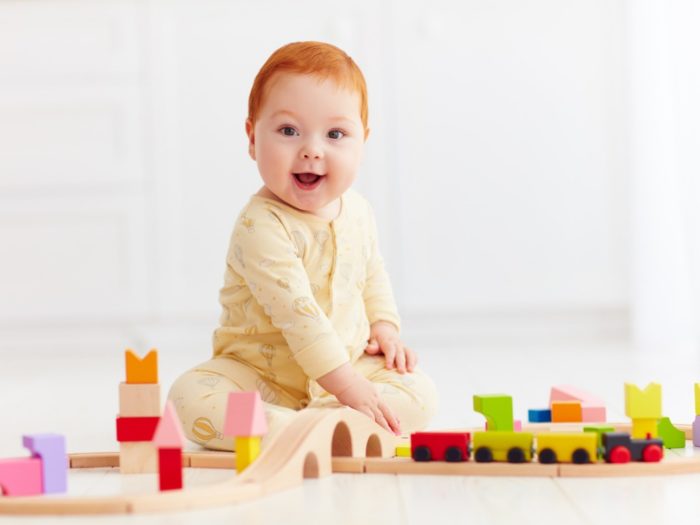Summer Toys: Make Safety the Name of the Game
Toys imagined by manufacturers, created for children and marketed to parents can pose safety risks so severe that an organization exists solely to keep children out of danger when playing with them.
The organization, World Against Toys Causing Harm, or W.A.T.C.H., used the first day of summer – June 21 – to issue a press release about its top-10 list of treacherous toys. Joan Siff, president of W.A.T.C.H., and James Swartz, director, titled the list “Summer Safety Traps” and urged parents to be aware of hazards the toys present so they can safeguard their children throughout the season.
“Siff and Swartz said the combination of warm weather and school vacation is an opportunity for children to enjoy the outdoors, but can also be a time for injuries,” according to the press release. “Summer months account for nearly half of all injury-related deaths to children, and hospital emergency departments will treat about 2.5 million children injured in accidents, they noted. W.A.T.C.H. believes awareness of some popular family activities with a track record of injuries and deaths could save lives and reduce injuries.”
The first toy on the list is water-balloon slingshots, flagged for eye injuries and choking. Couple the powerful force of a slingshot with the weight of water in the balloon, and the threat is real. Popular brands tout that users can sling balloons a distance of 150 feet and fill hundreds in minutes. The choking aspect arises from broken or empty balloons that small children might put in their mouths. There also is confusing and / or inconsistent labeling. One brand’s package insert reads, “This item is not a toy. Adult supervision required at all times.” It promotes it as “a great game for teenagers and adults.”
Second on the list is lawn darts because of the potential for blunt-impact trauma.
“Topping this year’s list of backyard fun that could take a serious turn is the new generation of lawn darts,” the press release states. “Beware, these blunt bottomed lawn darts, intended to be thrown during use in outdoor games, could potentially lead to blunt force head injuries. In 1988, pointed lawn darts were banned for sale in the United States. Modified versions of lawn darts with blunt, weighted bottoms can now be found for sale.”
Remember the Big Wheel from the 1970s? It is third on the list, as are other low-riding, plastic tricycles. The reason: impact injuries. They travel below eye level, making it difficult for drivers to see them. Also, children have steered them into pools and died.
“In 2016, riding toys were associated with 43 percent of toy-related deaths (children under 15 years),” the press release states. “All were due to motor vehicle involvement. Historically, some manufacturers added tall flags to low profile riding toys to make them more visible to motorists. As far back as 1977, 1978, 1980 and 1982 there are recorded incidents of children being struck by cars while riding plastic tricycles. Riding toys should not be used near bodies of water as children have fallen in. There were 7 deaths from 2011 to 2012 when children fell from tricycles. In 2012, 4 children died when they fell from tricycles into a pool and drowned.”
No. 4 on the list, while not actually a toy, is pools, both in-ground and above-ground. No. 5 is all-terrain vehicles, or ATVs.
“Before summer was officially underway, many ATV-related injuries have already been reported for both children and adults,” the press release states. “Every year, there are about 650 deaths and 100,000 injuries involving ATVs, which are prone to overturning, associated with high crash rates, and may be even more difficult to control on paved roads. The on-going injuries and deaths associated with ATVs are a wakeup call that some activities should be avoided altogether when it comes to children.”
No. 6 is toys with small parts, No. 7 is baby pools, and No. 8 is another icon from the ’70s, the Slip’n Slide. Teens and adults using plastic water slides can injure their necks and spines, resulting in paralysis.
“Because of their weight and height, adults and teenagers who dive onto Slip ‘N Slide type water slides may hit and abruptly stop in such a way that could cause permanent spinal cord injury, resulting in quadriplegia or paraplegia,” the press release states. “The slider’s forward momentum drives the body into the neck and compresses the spinal cord.”
In 1993, WHAM-O recalled the Slip’n Slide after seven adults and one teen were injured.
Rounding out the list are toy water guns, toy ammunition guns and toy bows and arrows.
Share This



